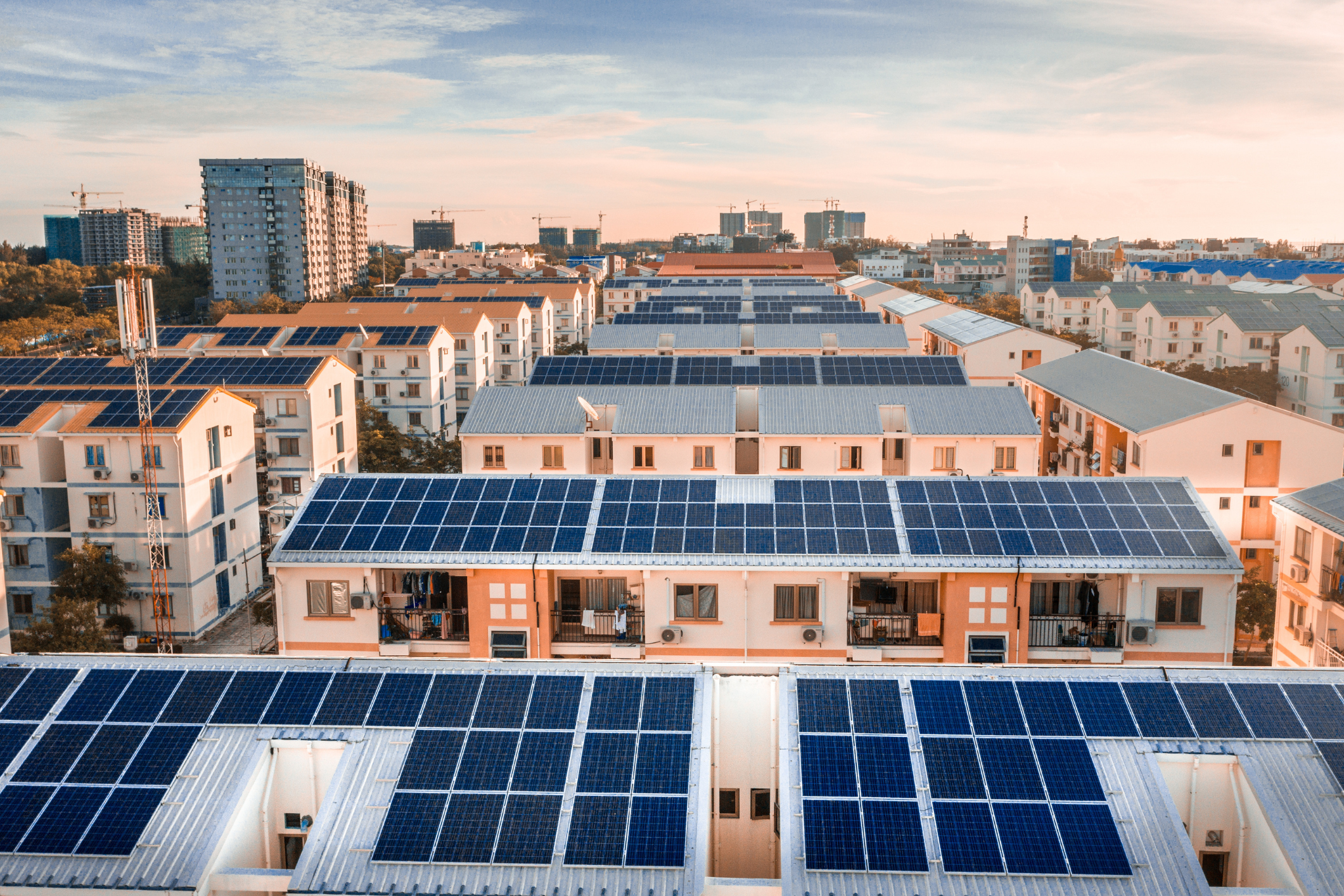By Sania Murtuza, Tai Vu, & Yao Sun, Ph.D. (New Jersey Institute of Technology)
With the intention of developing an interactive map for Jersey City, Newark, and Trenton, the research team first obtained zip code data for New Jersey from an online dataset. This data was then mapped out and correlated with information on solar energy from various websites.
By mapping zip codes, the project will visualize the distribution of solar panels and correlate it with demographic information. This approach can allow for a deeper understanding of why certain areas have higher or lower solar panel installations than others.
The research team is working with AI-based crowdsourcing platform PSi to design and launch digital tournaments. These tournaments engage residents in online voice-based discussions about the low-income community solar program, the adoption of renewable energy, and approaches to enhancing energy justice.
To prepare for working with community stakeholders, the selection of low- and moderate-income (LMI) cities was based on thorough research aimed at identifying zip codes with low Average Adjusted Gross Income (Low-Moderate Incomes). Based on comprehensive analysis, key cities with the highest concentration of LMI zip codes were identified: Edison, Jersey City, Paterson, Newark, Elizabeth, and Trenton. Among these, Jersey City, Newark, and Trenton were chosen for data collection due to their significant representation of LMI areas.
Data on owner-occupied households in these cities was then gathered from the U.S. Census. We specifically focused on zip codes within Jersey City, Newark, and Trenton. Our research revealed that among all of the LMI zip codes, 07305 in Jersey City stood out with the highest number of solar energy panel installations. Demographic data was collected for all three cities based on race, gender, education level, income, poverty, housing, employment status, health, and economy.
This data analysis revealed unique patterns, indicating that while poverty rates differ, mid-aged (35-44 years old) females appear to be more likely to experience higher rates of poverty than other demographic groups. Furthermore, the research team looked into solar energy panel installation projects across these cities, mapping out contractor associations within each zip code. This comprehensive approach aimed to delineate the complex interplay between socioeconomic factors, renewable energy access, and community demographics in LMI areas.
The team will be releasing a report detailing their findings from this project later this year.

